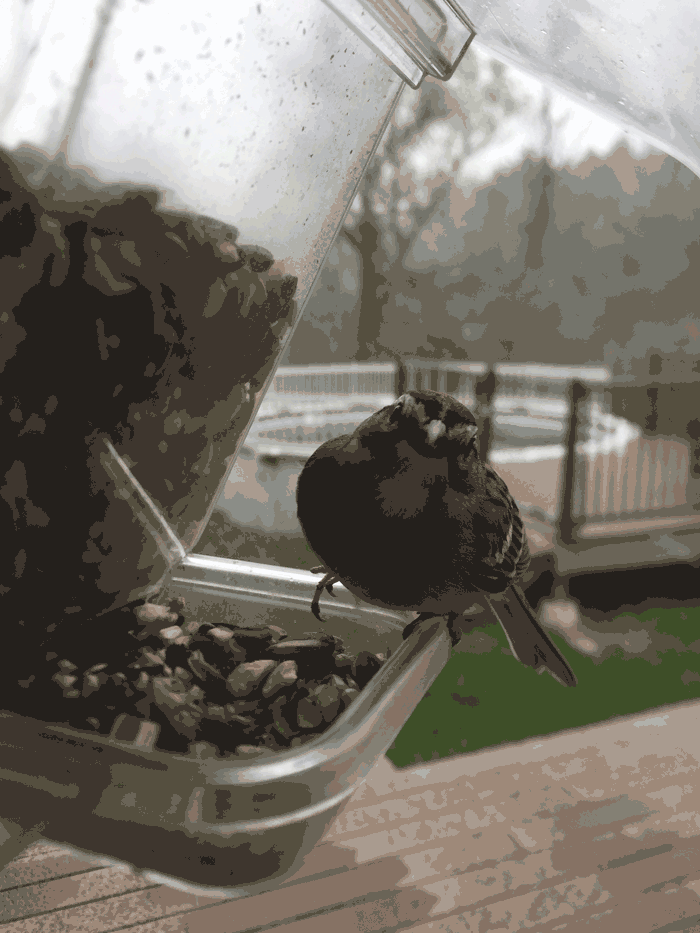Offer
Provide additional details about the offer you're running.
Provide additional details about the offer you're running.
Provide additional details about the offer you're running.

So, the wild fall weather continues here in eastern Ontario but admittedly, it seems to be calming down and becoming slightly more seasonal.
After a very wet start to the summer, and cooler temperatures toward the end of the season, we were treated to an extremely warm September and October which did a lot to affect our migrating birds. As they struggled to identify what exactly was going on, some headed back our way and other simply got lost along the way.
None the less, everything has seemingly sorted itself out and after a heavy stint of rain last week, it’s time to dry out, clean up and get ready for the incoming cold and winter weather.
While it is always good practice to check on all of your feeders after extended periods of precipitation, your window feeders and their reservoirs should be on top of mind after a good rainfall.
After checking ours at home the other day, we had upwards of two inches worth of water inside the seed reservoirs. While wasting seed is something none of us are interested in, it is the possibility of disease that really should motivate you to clean them out as soon as possible.
These window feeders are extremely easy to use, take down and put back up. Simply take the feeder off the window and bring it inside. If there is still seed in it, place some newspaper down on the table and spread the seed out evenly across and allow it to dry with ample space.
In the meantime, either hand-wash your feeder in hot water and a gentle soap or stick it in your dishwasher (yes, they are dishwasher safe).
Give the feeder the proper amount of time to dry out completely before refilling and reinstalling on your window.
Our favourite part about these interactive feeders is that we actually find them even easier to maintain than many others. With such a close proximity to the home and a location we often check, routine maintenance should remain relatively like second nature on these wonderful window feeders.
High Quality Blend